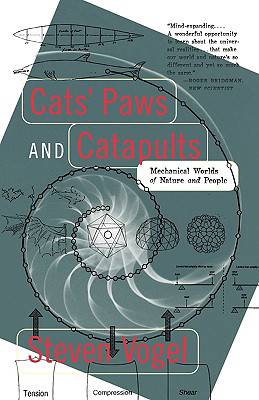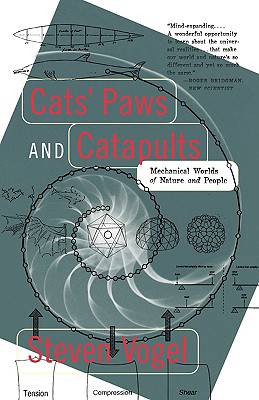
- Afhalen na 1 uur in een winkel met voorraad
- Gratis thuislevering in België vanaf € 30
- Ruim aanbod met 7 miljoen producten
- Afhalen na 1 uur in een winkel met voorraad
- Gratis thuislevering in België vanaf € 30
- Ruim aanbod met 7 miljoen producten
Zoeken
€ 39,95
+ 79 punten
Omschrijving
Nature and humans build their devices with the same earthly materials and use them in the same air and water, pulled by the same gravity. Why, then, do their designs diverge so sharply? Humans, for instance, love right angles, while nature's angles are rarely right and usually rounded. Our technology goes around on wheels--and on rotating pulleys, gears, shafts, and cams--yet in nature only the tiny propellers of bacteria spin as true wheels. Our hinges turn because hard parts slide around each other, whereas nature's hinges (a rabbit's ear, for example) more often swing by bending flexible materials. In this marvelously surprising, witty book, Steven Vogel compares these two mechanical worlds, introduces the reader to his field of biomechanics, and explains how the nexus of physical law, size, and convenience of construction determine the designs of both people and nature. "This elegant comparison of human and biological technology will forever change the way you look at each."--Michael LaBarbera, American Scientist
Specificaties
Betrokkenen
- Auteur(s):
- Illustrator(s):
- Uitgeverij:
Inhoud
- Aantal bladzijden:
- 384
- Taal:
- Engels
Eigenschappen
- Productcode (EAN):
- 9780393319903
- Verschijningsdatum:
- 1/01/1998
- Uitvoering:
- Paperback
- Formaat:
- Trade paperback (VS)
- Afmetingen:
- 159 mm x 201 mm
- Gewicht:
- 498 g

Alleen bij Standaard Boekhandel
+ 79 punten op je klantenkaart van Standaard Boekhandel
Beoordelingen
We publiceren alleen reviews die voldoen aan de voorwaarden voor reviews. Bekijk onze voorwaarden voor reviews.











